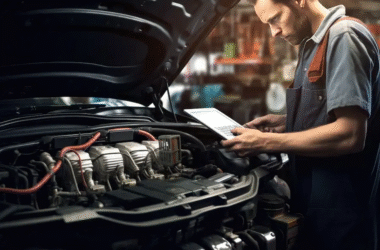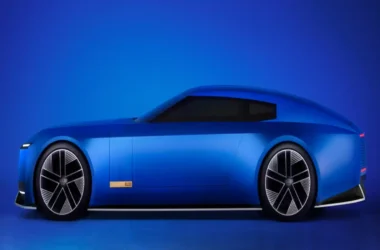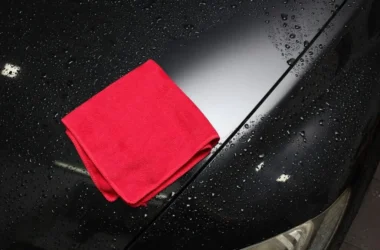Thermoplastic materials, particularly polypropylene (PP) and thermoplastic olefins (TPO), dominate modern bumper construction due to their affordability, moldability, and impact resistance. These materials allow manufacturers to create complex bumper shapes while keeping production costs low. Thermoplastics are also lightweight, contributing to better fuel efficiency. Their inherent flexibility helps absorb minor impacts, making them ideal for daily driving conditions where parking scrapes and fender benders are common.
Fiberglass: Durable Yet Less Common Today
Fiberglass bumpers were once popular in performance vehicles for their strength and customizability. Made by reinforcing plastic resin with glass fibers, these bumpers offer a balance between weight and rigidity. However, they’re more brittle than thermoplastics and tend to crack on impact, which has reduced their use in mainstream automotive production. Today, fiberglass is more often seen in aftermarket or racing applications where aesthetics and low-volume customization outweigh concerns about collision repairability.
Carbon Fiber: Lightweight and High-Performance
Carbon fiber is a premium material used primarily in high-performance or luxury vehicles. It’s extremely strong and lightweight, offering superior structural integrity with minimal added mass. Carbon fiber bumpers contribute to overall vehicle performance by reducing weight and increasing responsiveness. However, the material is expensive and difficult to repair if damaged. Its use is largely limited to sports cars, exotic vehicles, and motorsport applications where performance and prestige justify the higher cost.
Aluminum and Steel: Structural Reinforcements
A car’s bumper system is more than just the aesthetic cover we see. While the outer layer is typically constructed from plastic or composite materials for design flexibility, the real strength lies beneath. Internal reinforcement components, often made of aluminum or high-strength steel, are crucial for absorbing and distributing impact forces during a collision. Steel offers exceptional durability and resistance to deformation, making it a reliable choice for heavy-duty protection. Aluminum, on the other hand, provides a lighter-weight alternative, contributing to better fuel efficiency while still offering good energy absorption capabilities. The strategic combination of these materials in the internal structure, working in tandem with the exterior cover, is essential for meeting stringent safety regulations and enhancing the vehicle’s overall crashworthiness, ultimately protecting occupants in the event of an accident. Going for the Auto Repair in Bremen, IN based service would be essential here.
Future Materials: Hybrids and Sustainability Focus
As automotive technology evolves, manufacturers are exploring hybrid materials and sustainable alternatives. Combinations of plastic and natural fibers, recycled composites, and bio-based plastics are emerging as eco-friendly options. These materials aim to maintain safety and performance while reducing environmental impact. Additionally, advancements in nanotechnology and smart materials may lead to bumpers that can self-heal minor damage or adapt their rigidity depending on driving conditions.
In conclusion, car bumpers today are crafted from a variety of materials—each selected based on performance, cost, weight, and durability. From everyday thermoplastics to high-end carbon fiber, these materials play a crucial role in protecting vehicles while meeting design and efficiency demands. As technology progresses, bumper materials will continue to evolve to balance safety, performance, and sustainability.

















